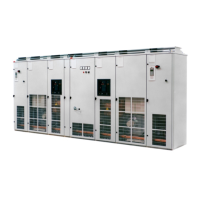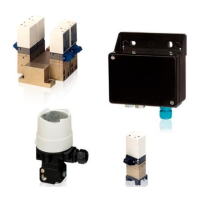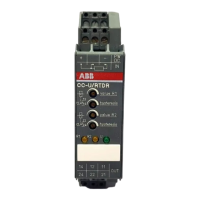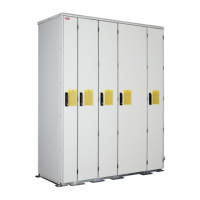II F 2-20
3ADW000072R0501_DCS600_System_description_e_e
Conclusion for the field supply
Basically, similar conditions apply for both field supply
and armature-circuit supply. Depending on the power
converter used (diode bridge, half-controlled bridge,
fully controlled 4-quadrant bridge), some of the fault
sources may not always be applicable. Due to special
system conditions, such as supply via an autotrans-
former or an isolating transformer, new protection
conditions may additionally apply.
The following configurations are relatively frequent:
In contrast to the armature-circuit supply, fuses are
never used on the DC side for the field supply, since a
fuse trip might under certain circumstances lead to
greater damage than would the cause tripping the fuse
in the first place (small, but long-lasting overcurrent;
fuse ageing; contact problems; etc.).
Semiconductor fuse F3.1 (super-fast acting) should be
used, if conditions similar to those for armature-circuit
supply are to apply, like for example protection of the
field supply unit and the field winding.
2
F3.1
ND30 /
built-in
Fig 2.6/2 Configuration for field supplies
The F3.2 and F3.3 fuse types serve as line protectors
and cannot protect the field supply unit. Only pure
HRC fuses or miniature circuit-breakers may be used.
Semiconductor fuses would be destroyed, for example,
by the transformer’s starting current inrush.
F3.3
2
2
F3.2
F3.1
F3.1
FF_ASP_b.dsf
ND30 /
built-in
Fig 2.6/3 Configurations for field supplies

